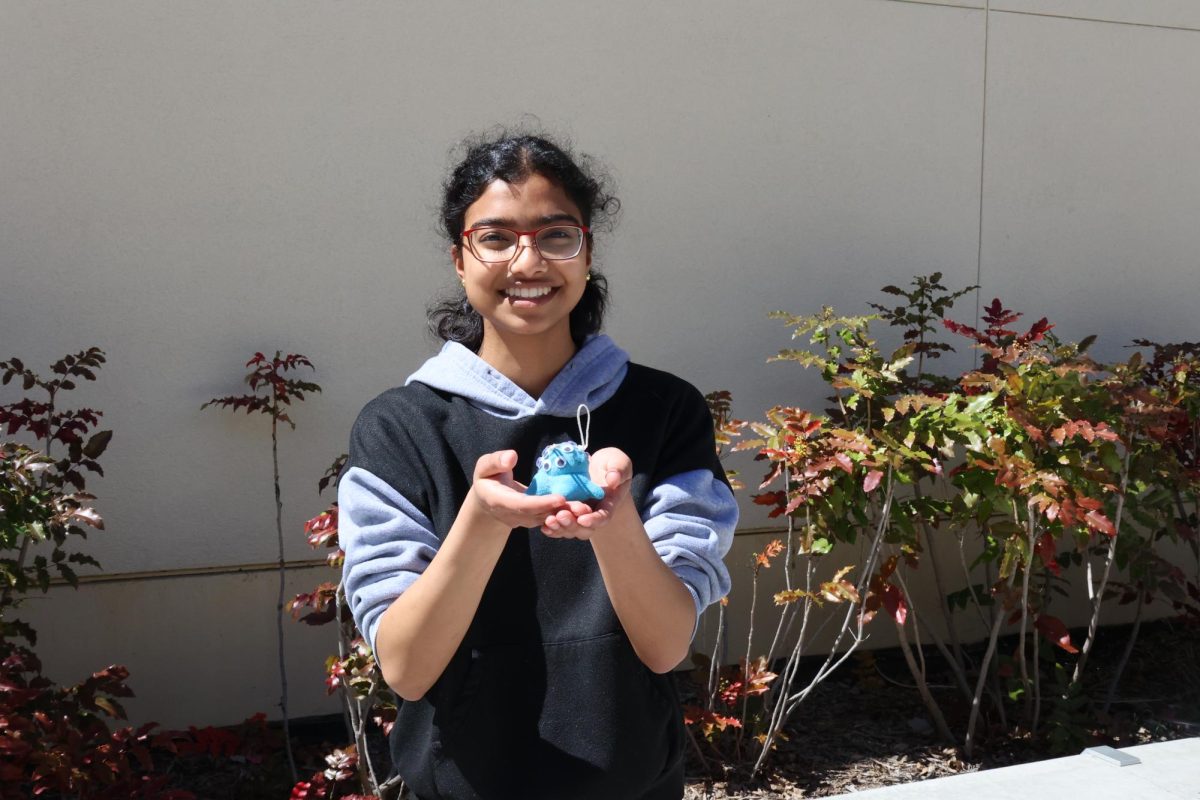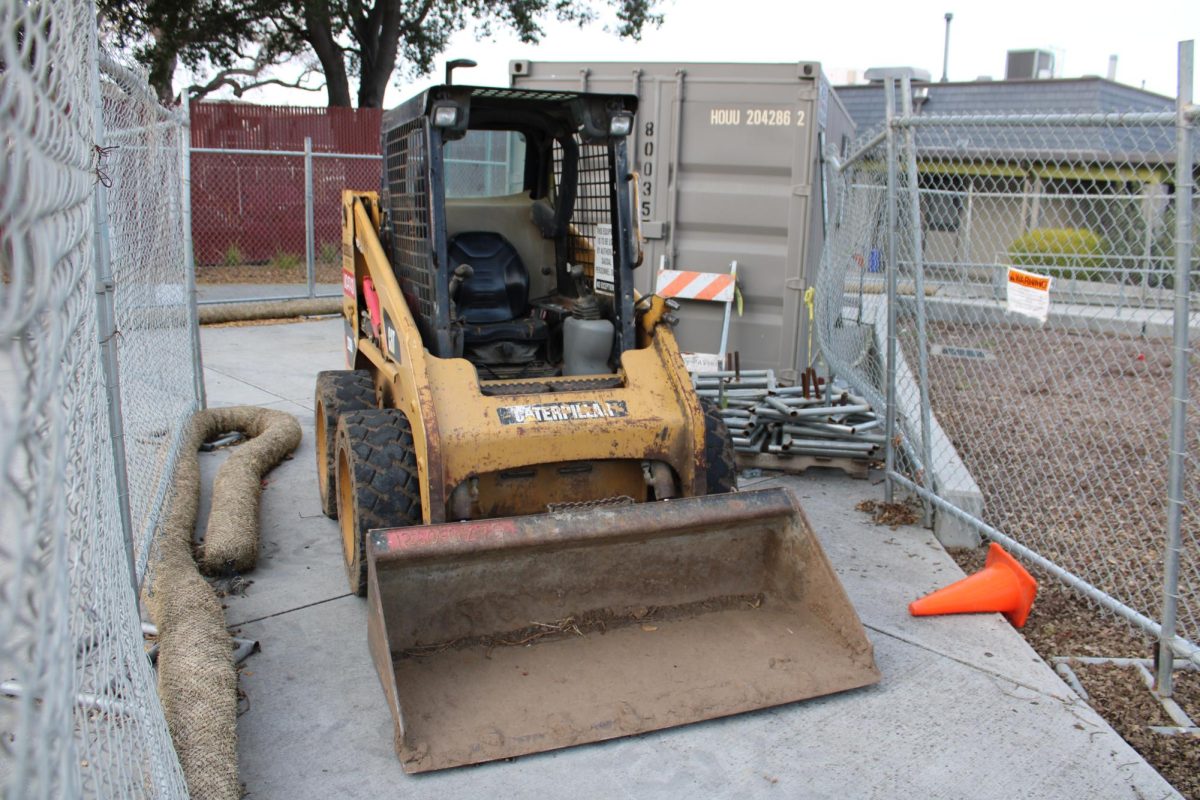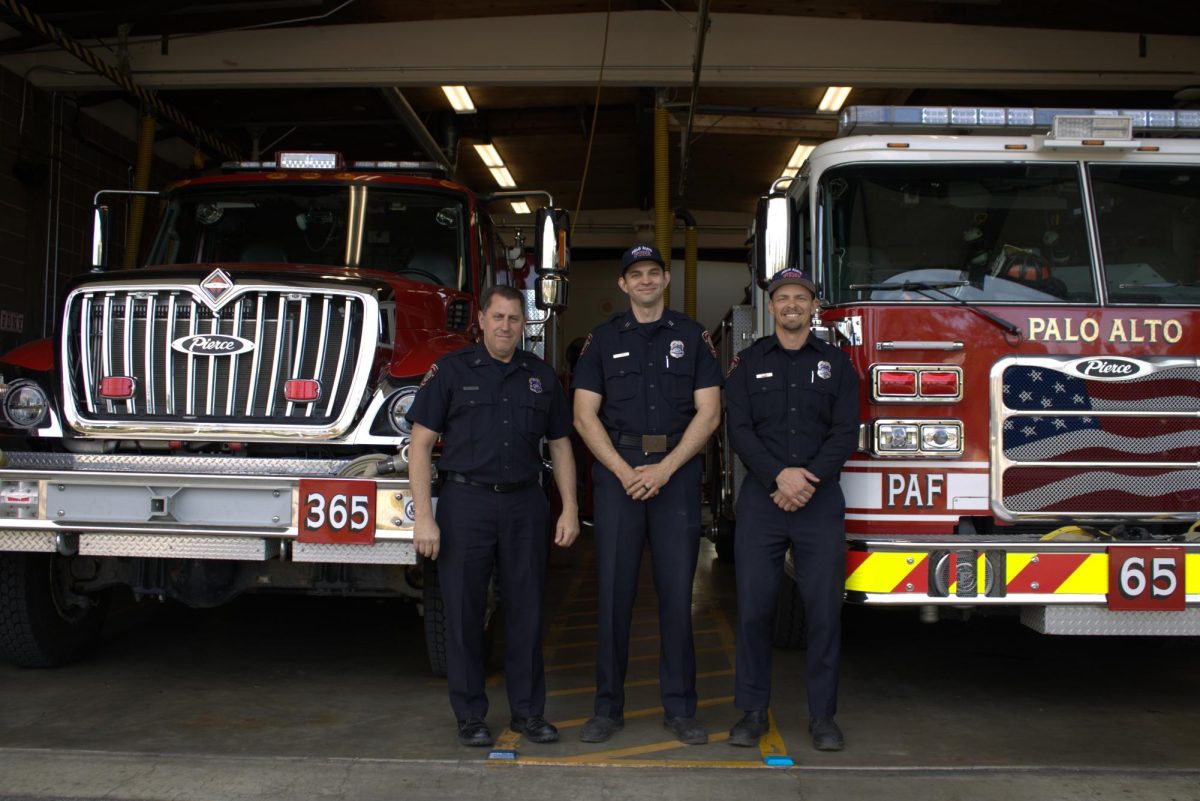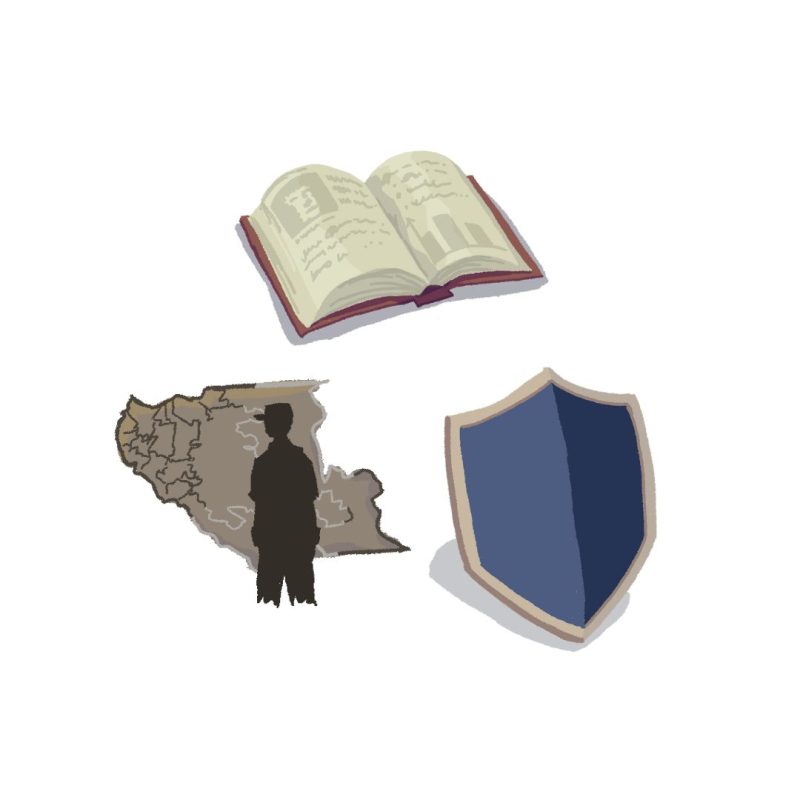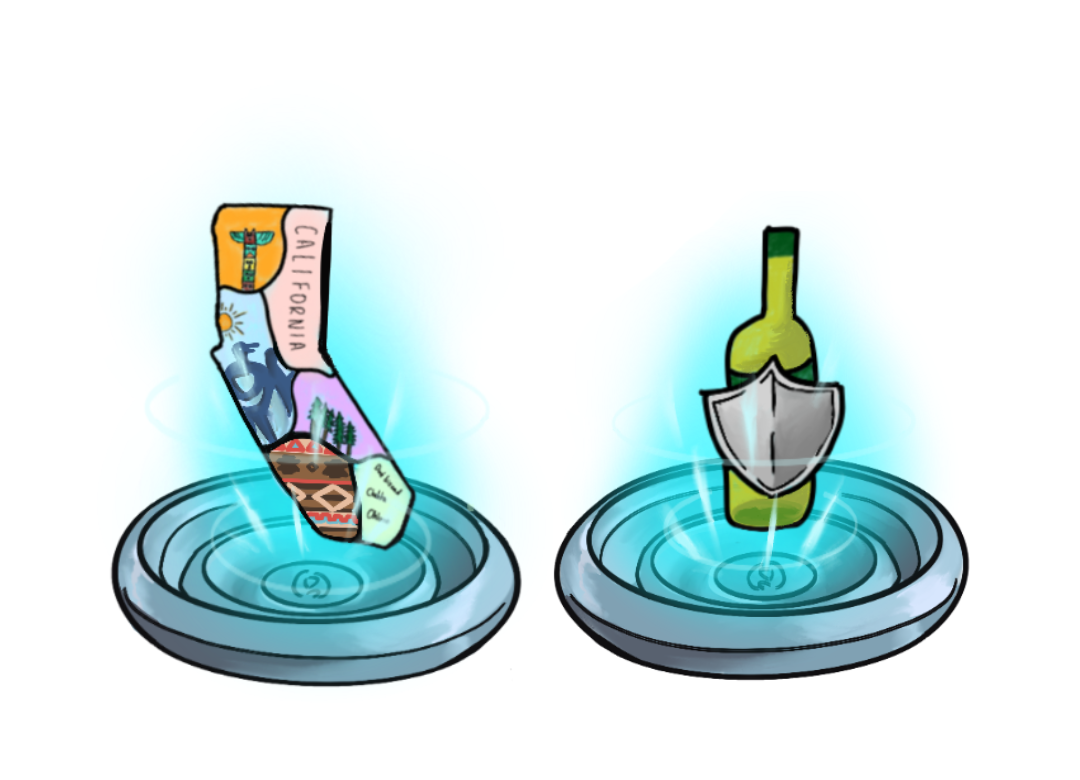Written by Grace Ding
Principal Denise Herrmann officially shared the new bell schedule for the 2016-2017 school year on April 17 via Schoology. Although no major changes were made, the two most noticeable tweaks include shortening Friday by 10 minutes and increasing consistency by mirroring Monday and Tuesday’s rotation of classes with that of the 4-day week schedules. In addition, each morning will start with a different period; Thursday’s Tutorial has been extended from 45 minutes to 50 minutes; and all classes will meet 75 minutes the first session, 80 minutes the second, and 70 minutes the third.
The Creative Schedule Committee (CSC) was originally formed early last year in order to develop the schedule that is currently in use. “The committee had an assigned mission to come up with a proposed schedule that involved fewer classes per day and longer classes to relieve stress, more time for students to counsel with faculty or meet with counselors and alleviate homework pressures night to night,” committee member Terry Connelly, father of a Gunn graduate and current Gunn sophomore, said. “The mandates came either from the school board, as articulated by Dr. McGee, or from some of the Western Association of Schools and Colleges (WASC) responses to the self studies that the school does for accreditation.”
With six students, five parents and 11 staff members, the committee’s goal was to have diverse, representative voices recommending a new schedule. According to Herrmann, there was an all-call for participants in February and the first meeting was in early March. Those who decided to join were driven by the idea that they would help make changes in the school. “There was a lot of discussion about the schedule last spring and as a teacher and a parent, I was really interested in seeing that we ended up with the right bell schedule,” committee member and math teacher Chris Redfield said. For sophomore committee member Cindy Guo, the decision was more spontaneous. “I joined the committee in freshman year when I saw the application online,” she said. “I didn’t really know what it was but I filled it out anyway, and later I thought it would be cool to be involved in changing the school and it was nice to see so many staff members who cared so much.”
According to Herrmann, the committee’s ultimate goal, both in designing the schedule last year and making the changes this year, was to honor students’ need for well-being. “What we were learning from parents, students and even faculty before was that some of the ways we were using [students’] time was causing so much stress that to keep up optimal learning, [students] were having to make choices not good for [their] well-being,” she said.
After presenting the final proposal to the school board, the committee volunteered to stay together for the following year in order to evaluate progress. “We felt it was important that during the first year of implementation, we stay together, meet throughout the year and gather feedback and analyze data to see if we need to make any adjustments,” Herrmann said.
The committee proceeded to meet for the first time this school year in October of 2015. In December, surveys were sent out to students, parents and faculty. “[They] were done to see how people felt, whether the schedule was working as intended and whether there were marginal improvements that could be made to alleviate any problems students or faculty were experiencing,” Connelly said.
Using the abundance of feedback and data, the committee concluded that responses were generally positive, with especially high satisfaction on FlexTime, longer passing periods and fewer meetings of each class per week. However, the two recurring concerns were the length of Friday and the transition of regular to alternate four-day schedules.
According to Connelly, the option of not changing the schedule was also considered but ultimately found to not honor the feedback from surveys and focus groups. “One of the other things that came up was that people would like consistency not only week to week but year to year,” he said. “So we tried to make tweaks and respond to the surveys without making a complete change.”
After coming up with a few draft proposals, the committee held multiple focus groups with faculty and students throughout March and April to gather more input. According to Redfield, they held a focus group with about 25 teachers as real changes were being proposed. “We invited every department to send two teachers who aren’t on the committee to come give us some feedback,” he said. “That was extremely helpful because some of our ideas seemed good on paper, but then the teachers pointed out that they wouldn’t necessarily work.”
Similarly, some initial proposals such as an afternoon FlexTime were reconsidered and taken out based on student feedback. “Our committee put a great deal of focus and importance on survey results and focus group comments and they absolutely guided the changes,” Connelly said. Redfield echoed that sentiment and maintained that the committee was driven by the idea of only making changes they knew to be beneficial. “We didn’t want to make changes that didn’t have real evidence supporting them,” he said.
Despite many committee members’ overall satisfaction with the incorporation of student voice throughout the process, concerns arose from when Herrmann sent a draft of the schedule to the staff without the entire committee’s knowledge. When students saw the schedule, many were upset not just over some of the tweaks but because of how the administration seemingly kept students in the dark again. “We were notified afterwards that Dr. Herrmann promised to send out a draft of a proposed schedule to staff by that week, but it caused a lot of problems because of the lack of communication,” Guo said. “I was definitely shocked and a little disappointed, but I think [the] admin responded to our opinions nicely afterwards. We later had a vote with four proposals and also had a student forum where students openly voiced their opinions.”
In Herrmann’s perspective, she never attempted to not share the schedule with students. “The teachers were interested in getting an early view so they could move forward with their personal and professional plans,” she said. “It was my attempt to try and respect the teachers and it was by no means an attempt to not honor students.”
Overall, the committee is happy with how the schedule turned out. “The ultimate goal was to design a way to use time to maximize student learning and well-being,” Herrmann said. “In terms of the committee structure we had, and having all the town hall style meetings last year, I do think we really did our best to get as much input as we could.”
According to Herrmann and Redfield, feedback from all groups so far has been overwhelmingly positive. They emphasized that students will not feel a big difference from this year to next, as the committee did not want to take away any of the positives of this year and instead wanted to model continuous improvement. “Everything we ended up doing, we wanted to be really calculated so we wouldn’t inadvertently end up with a negative result or negative feelings about the changes,” Redfield said.
Looking into the future, although the committee does not have any concrete plans, it will continue to evaluate its progress. “We’ll pay attention to [the feedback] and if there’s more to do, I’m sure we’ll discuss it,” Connelly said. “Obviously we want to do the best job we can.”
Reflecting on the process and ways to improve, Herrmann is eager to continue to find opportunities to involve students, but also needs their help. “I will continue to work with students but I also need feedback on what’s the most effective way to do it,” Hermann said.“Sometimes we’re trying and it doesn’t seem we’re connecting as much with getting the active responses we would really like to get.”



